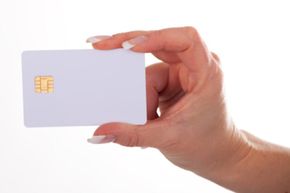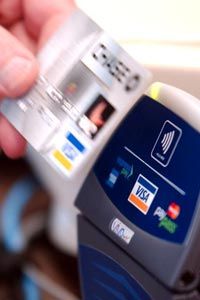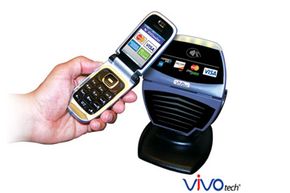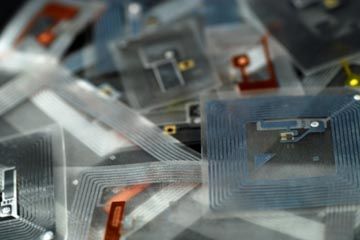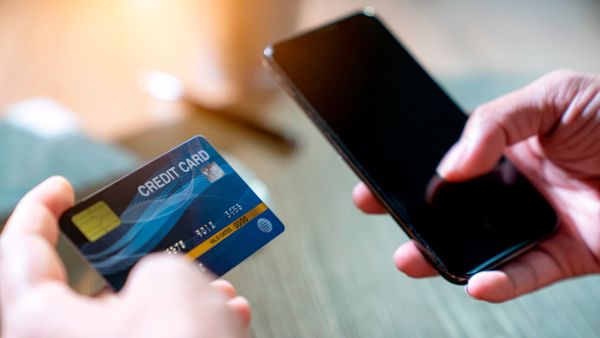How much stuff do you carry with you on average? If you're like me, you've got a wallet (or equivalent) heroically trying to contain and organize credit cards, customer loyalty reward cards and maybe even a coupon or two. Then there's my key ring, which has keys I can't identify and probably will never need. To make matters even more complicated, I'm a gadget freak. On an average day I probably have a smartphone and an MP3 player on me. It's getting to the point that I'm considering following Batman's fashion sense by creating a utility belt.
Or I could just look into replacing my smartphone with one that contains a near field communication (NFC) chip. At its most basic level, near field communication is a standard for very short-range radio transmission. How short are we talking about? A pair of NFC transmitters can communicate at a maximum of just a few centimeters. Some chips are designed so that the only way they send and receive information is if you've touched the device you're carrying with the one with which you're going to communicate.
Advertisement
So an NFC chip can send communications across a short distance. What's the big deal? We have chips that let us communicate throughout a building or even beyond. Why would anyone want to use a chip with such a limited transmission range?
There are already smartphones on the market with NFC chips that will let you purchase items just by holding your phone close to a receiver at a cash register. There goes the need for carrying credit cards. And that's just the tip of the iceberg -- with the right smartphone and apps, I might just be able to abandon my plans to become the Dark Knight.
Advertisement
